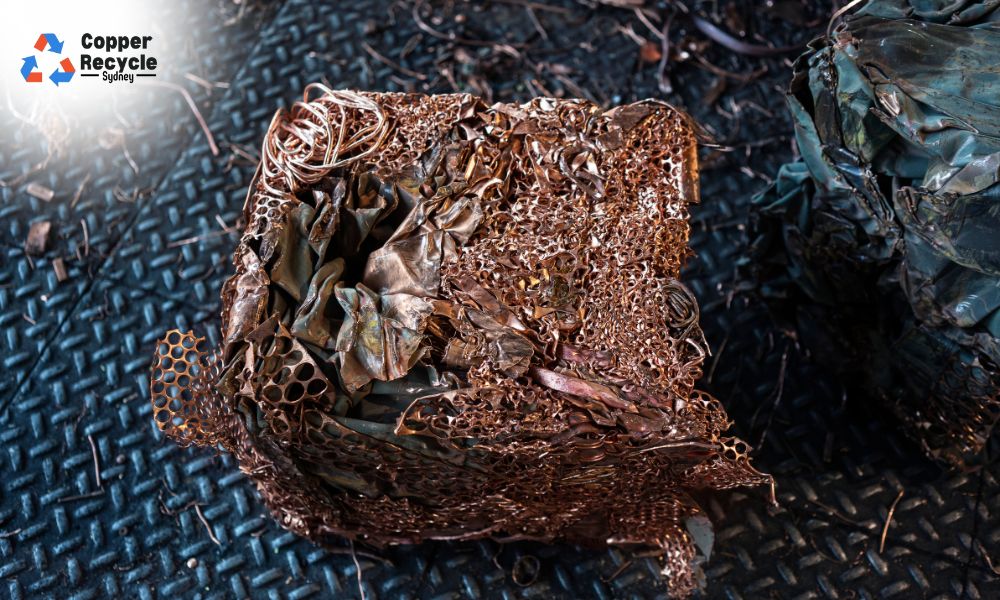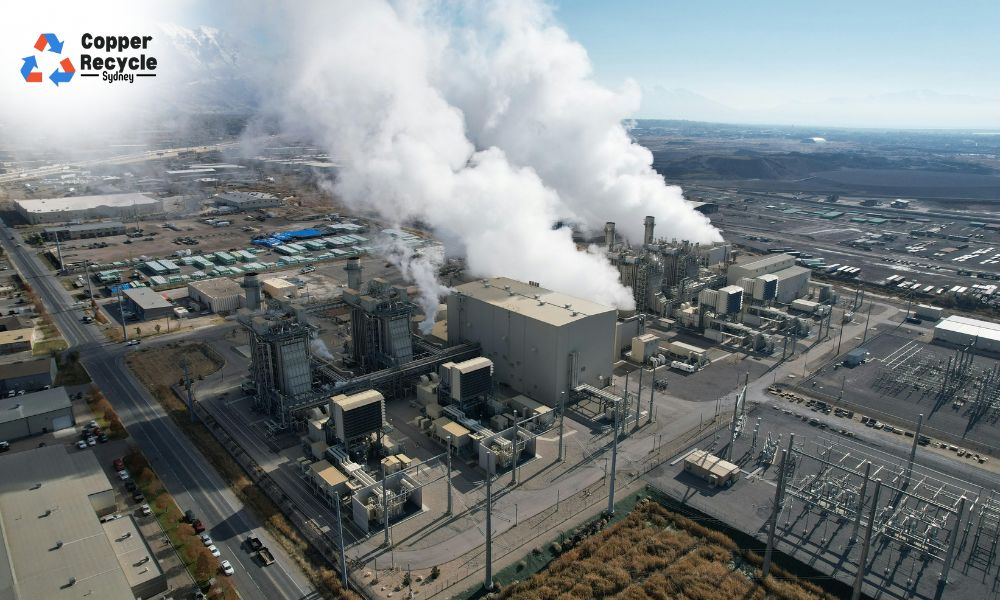
- 0469 306 331
- info@copperrecyclesydney.com.au
- Guildford, NSW 2161

- 28 Apr 2025
Hidden Copper in Your Home: What to Look For
Copper is one of the most valuable metals you might already have sitting in your home—and you may not even realise it. From old electronics to plumbing, this reddish-brown metal hides in plain sight, ready to be turned into cash as copper scrap. If you’re planning a cleanup, renovation, or just want to make some extra money, here’s how to spot hidden copper in your house.
1. Old Electrical Wiring
Copper is the go-to metal for electrical wiring due to its excellent conductivity. If you’re upgrading or tearing out old wiring, take a closer look. Many homes built before the 1980s have solid copper wire behind the walls. Even newer homes still use copper wiring in most systems. Just remember to ensure all wires are disconnected from power before handling.
What to look for: Thick wires with a reddish or orange shine when stripped of insulation. These wires are highly valued when sold as bare bright copper scrap.
2. Plumbing Pipes
Before the rise of PEX and PVC, copper was the standard for household water pipes. If you’re remodeling a kitchen or bathroom, those old pipes could be worth something. Even corroded or greenish copper is still valuable to scrap copper buyers.
What to look for: Metallic pipes with a dull brown or green patina—often visible in basements or under sinks. These are typically categorised as #1 or #2 copper scrap depending on condition.
3. Appliances and Electronics
Many household appliances contain copper components. Refrigerators, washing machines, dryers, and microwaves often have copper coils or motors. Likewise, electronics like old computers, TVs, and even power cords contain copper wiring.
What to look for: Power cords, internal motors, circuit boards, and cooling coils—all of which can be collected as insulated copper scrap.
4. Air Conditioning Units
A/C units are copper goldmines. They contain copper tubing and coils, especially in the condenser and evaporator units. If you’re replacing an old unit, don’t just throw it away—strip it down or take it to someone who can.
What to look for: Coiled copper tubes, usually found inside metal casings. These can fetch a good price as refrigeration copper scrap.
5. Decorative Items and Cookware
Some antique home décor and cookware items are made of pure copper or copper blends. While you might want to keep those for their aesthetic value, broken or heavily worn pieces can be scrapped.
What to look for: Pots, pans, or décor with a reddish hue—check for markings like “100% copper” or “solid copper.” These can be sold as mixed or clean copper scrap depending on purity.
6. Roofing and Gutters
In some older or high-end homes, roofing and gutter systems may contain copper. Over time, this copper oxidizes and turns green, but it still holds significant scrap value.
What to look for: Green-patina metals around gutters, flashings, or roof edges. This material is often accepted as architectural copper scrap.
Final Tips
- Separate copper types: Bright copper (like stripped wires) is worth more than mixed or dirty copper. Sorting your copper scrap properly increases its value.
- Use a magnet: Copper is non-magnetic. If you’re unsure, test it with a magnet to help differentiate it from steel.
- Stay safe: Always turn off electricity and water before removing copper components.
Whether you’re doing a renovation, spring cleaning, or salvaging from old appliances, keep an eye out for hidden copper. It’s surprising how much value you might find in your own home once you know where to look—and how much it can be worth as copper scrap.
Looking for the best scrap metal buyer in Sydney? Contact us today to get the best rates and fast service for all your copper scrap! Let us help you turn your unwanted metal into cash.




